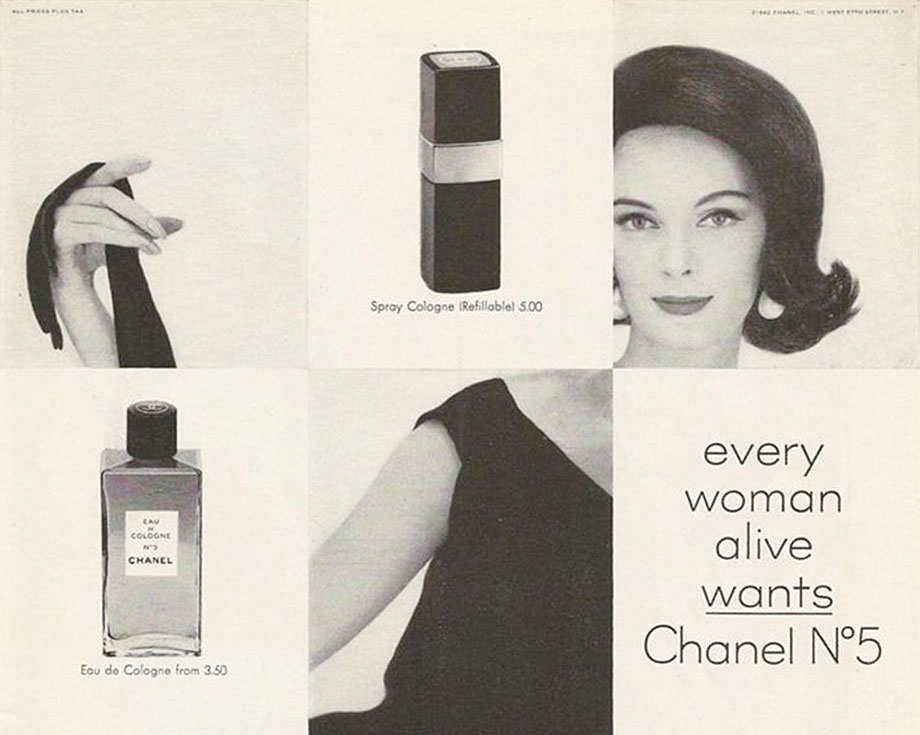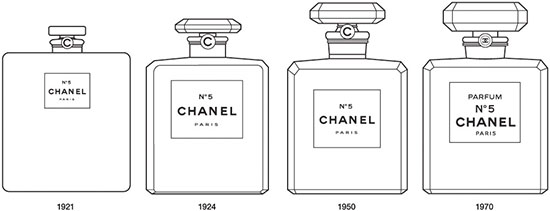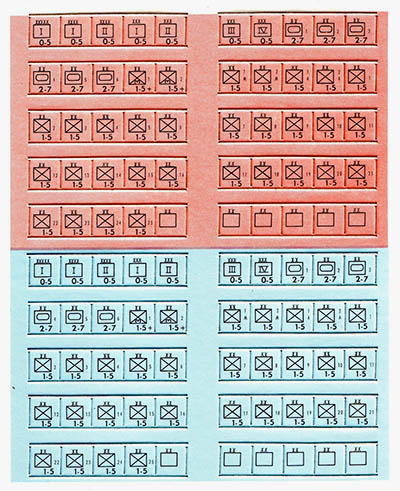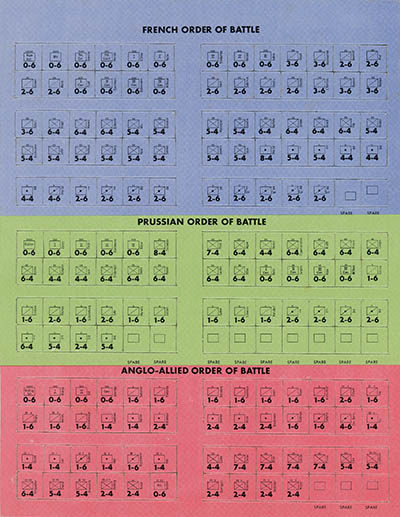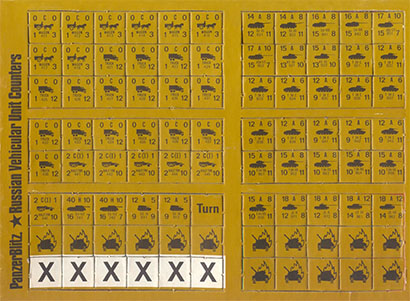Chanel No 5
Ernest Beaux and Coco Chanel
In 1919 Gabrielle Bonheur "Coco" Chanel wanted to branch out from her hat and casual couture into perfume. She was introduced by her then lover, the Grand Duke Dmitri Pavlovich, first cousin of Czar Nicholas II, to the Czarist court's French-Russian perfumer Ernest Beaux. Chanel asked Beaux for a fragrance that was somewhere between the cheap musks and jasmines worn by French courtesans and the light, single floral scents worn by the Parisian upper class.
Beaux spent the summer and fall of 1920 elaborating on his earlier formulas for the Russian court and presented Coco with a number of samples. She liked the fifth one, which she named Chanel Number 5. The formula included over 80 ingredients including May rose, Grasse jasmine, ylsng-ylang, sandalwood, orange blossom, essence of neroli, Dutch jonquil, Florentine iris, Brazilian tonka bean, musk, patchouli, Haitian vetiver, amber, civet and most importantly, a number of synthetic aldehydes.1 The resulting scent was of no individual component - neither musk nor floral - but rather, well, like Chanel No 5.
Coco said it was a "Women's perfume with a woman's scent" and "should be worn wherever she would like to be kissed." 2
For the iconic bottle Coco rejected the art nouveau designs of Lalique and Baccarat for a simple flacon modeled after the Charvet toiletry bottles of yet another lover, Arthur Capel. With only a few tweaks to the stopper the bottle remains the same to this day.
The bottle. Chanel
Initially Chanel had no need for advertising. It wasn't until she began exporting to America that an ad was necessary and Chanel's first spokesmodel was, of course, none other than Coco herself:
Tactics II countersheet, 1958
Although you can argue that military symbols were somewhat inscrutable to anyone other than the armchair historian - that was exactly who Roberts was marketing the game to. For this crowd the symbols lent a certain verisimilitude - with the game board and pieces resembling a "live" military situation map. It turned out to be an inspired choice. Robert's design was so influential that it was used almost exclusively for over a decade. Here, for example, are the counters from the 1962 Waterloo and the 1965 Battle of the Bulge, which adds only two more pieces of historical data to the counter:
Waterloo countersheet, 1962
The next watershed moment for the wargame hobby was Jim Dunigan's Panzerblitz modular, tactical armor game Panzerblitz. Redmond A. Simonsen (18 Jun 1942 - 8 Mar 2005) who studied at Cooper Union before joining Dunnigan and his Strategy and Tactics magazine in the late 1960s was the first to apply modern graphic techniques to the wargame. For the 5/8" Panzerblitz counters he drew on miniature wargames and included a recognizable silhouette replacing the military symbol, a name, ID and four numbers covering the necessary game data: a total of eight pieces of information.
Simonson's work on Panzerblitz stands not only as a high point in wargame design but was, more generally, an elegant piece of physical systems design .
The wargame hobby truely hit its stride in the 1970sThe 1970s were a golden age for wargames with several companies each producing multiple titles each year. The games became more granular, realistic and complex finally culminating in Tom Shaw's stunning 1977 Squad Leader.
1. Trying to figure out the secret formula of Chanel No. 5 is a lot like trying to figure out the secret formula of Coke, but an order of magnitude more complicated. Nevertheless see: Kraft P, Christi C, et. al. From Rallet No 1 to Chanel No 5 versus Mademoiselle Chanel No 1. Perfumer & Flavorist. 2007 Oct; 32(10): 36–48 (online).
2. Your humble narrator is going to have to disagree with Coco on this one. Chanel No 5 smells wonderful but tastes absolutely awful. Not that it has ever stopped me, but still...
3. Charvet is the oldest shirt maker in the world, with the founders’ father being the couturier to Napoleon. Although Charvet ties and RTW shirts are sold worldwide they have only one store in Paris (27 Place Vendrome). It's so ridiculously high-end that they don’t even have a website.
22 Dec 2010, updated 24 Jul 2013 ‧ Design
